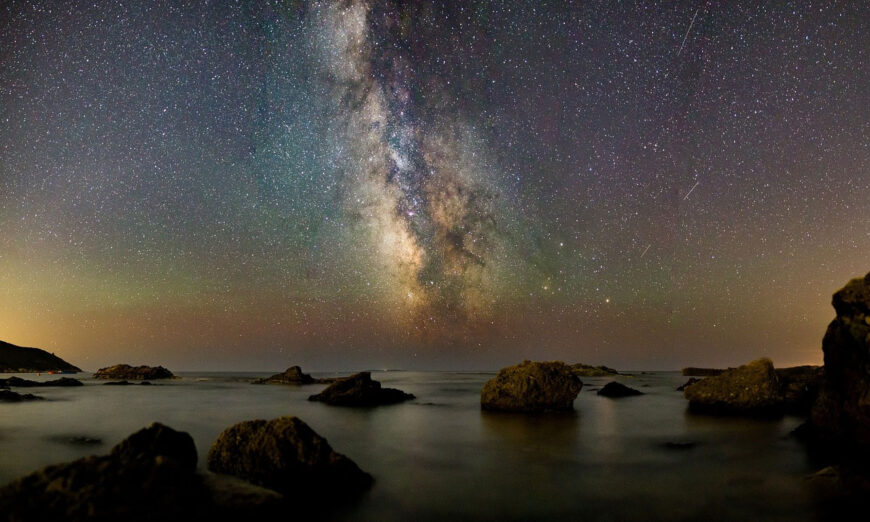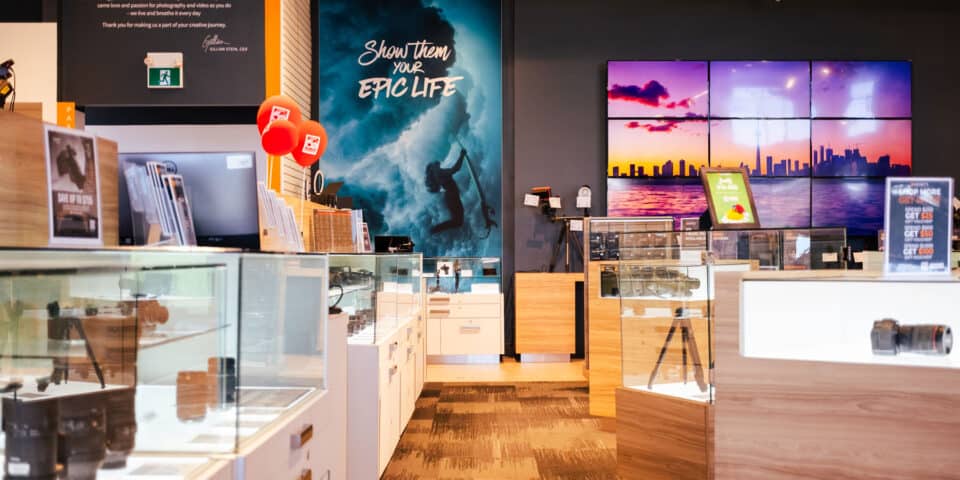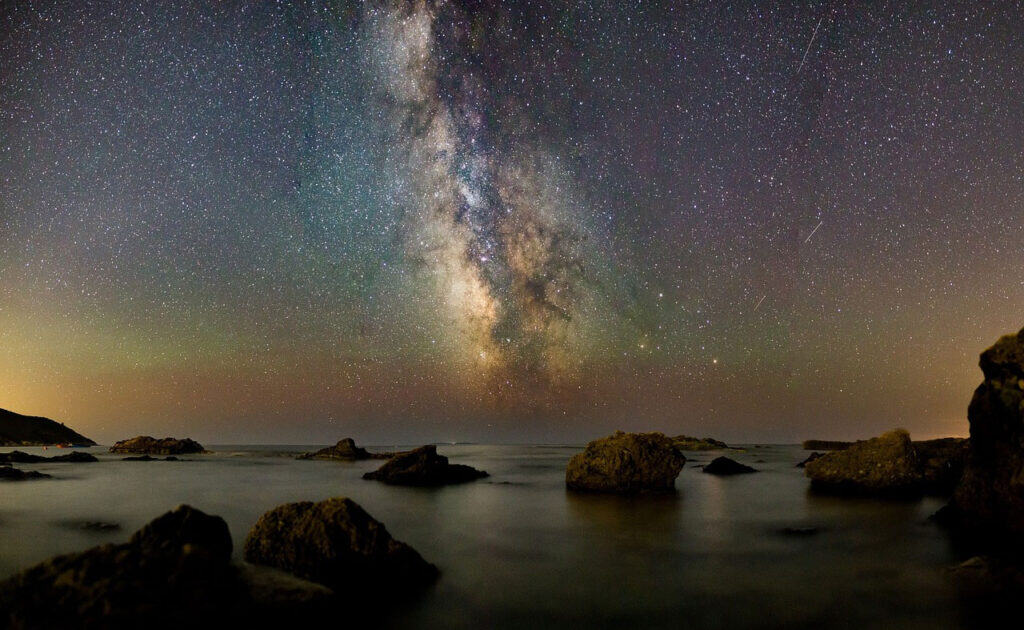
For those who love space and astrophotography, the next few months bring a stunning lineup of celestial events—each offering a unique opportunity to capture the wonders of the universe. Whether you’re fascinated by planetary alignments, the mesmerizing glow of a lunar eclipse, or the fiery streaks of a meteor shower, these upcoming events are not to be missed.
Astrophotography is an art that blends patience, precision, and creativity. Unlike daytime photography, shooting the cosmos requires mastering long exposures, understanding celestial movement, and having the right gear. Below, we break down the must-see events, expert techniques, and recommended equipment to help you capture the night sky like never before.
Check the bottom of this blog for more great articles on astrophotography, tips and tricks!
Upcoming Astrophotography Events
February 20-28: Grand Planetary Alignment
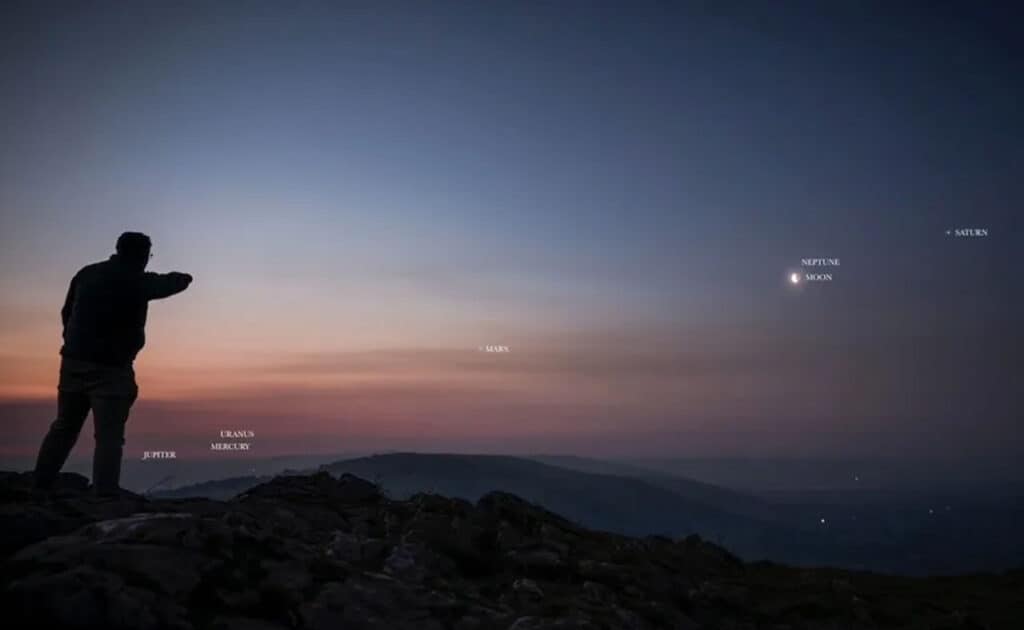
A rare event where Mercury, Venus, Mars, Jupiter, and Saturn align in the night sky. A perfect chance to capture a panoramic view of the planets lined up in a single frame.
March 14: Pi-Day Blood Moon Eclipse
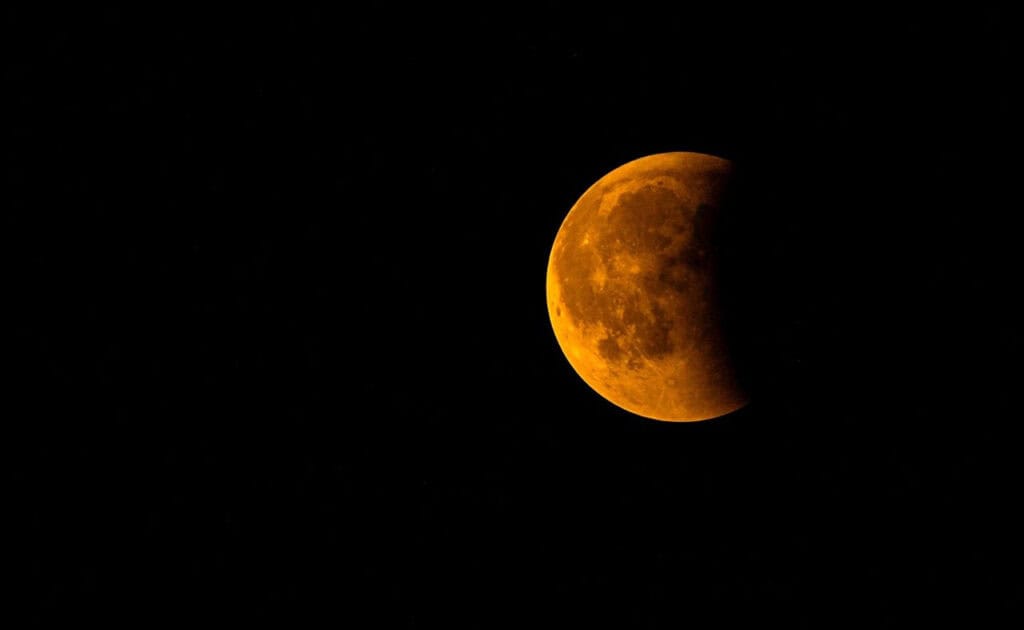
A total lunar eclipse where the moon turns a deep red as it passes through Earth’s shadow. A breathtaking event that requires precise exposure settings to capture the transition of light.
March 23: Saturn’s Rings Vanish from View
Saturn’s iconic rings will temporarily disappear, appearing edge-on due to its orbit. This phenomenon won’t happen again for years, making it a rare planetary photography opportunity.
March 29: Partial Solar Eclipse
The moon will obscure part of the sun, creating a dramatic crescent effect. Solar filters are essential to capture this safely and correctly.
April 22: Lyrid Meteor Shower
One of the best annual meteor showers, with up to 20 meteors per hour. Shooting meteors requires long exposures and a dark sky free from light pollution.
April 25: Triple Conjunction (Smiley Face Event)
Venus, Mars, and the crescent moon will form a celestial smiley face in the sky—a fun and visually striking alignment to photograph.
Pro Astrophotography Tips & Techniques
1. Planning Your Shots
- Use apps like Stellarium, SkySafari, or PhotoPills to track celestial events and plan compositions in advance.
- Scout dark sky locations—avoid city lights for the clearest shots. Look for Dark Sky Preserves or remote mountain areas. Here is a helpful link to discover Star Gazing Experiences and find Dark-Sky Preserves in Ontario.
- Check the moon phase—new moon nights offer the best conditions for deep-sky photography.
2. Camera Settings for Stunning Astrophotography
- Manual Mode Only – Auto settings won’t work well in the dark.
- ISO 800-3200 – Higher ISO captures more detail but introduces noise. Find a balance based on your camera’s capabilities.
- Wide Aperture (f/1.8 – f/2.8) – More light = more details in the stars.
- Shutter Speed 10-30 seconds – Avoid star trails unless that’s your goal.
- White Balance: 4000K-5000K – Keeps stars looking natural without an orange or blue cast.
3. How to Capture HDR Astrophotography
- Take multiple exposures at different shutter speeds (bracketing).
- Use Deep Sky Stacker or Adobe Photoshop to merge images.
- Adjust contrast and highlights to reveal details without overexposing bright stars or planets.
4. Post-Processing Techniques
- Use Adobe Lightroom & Photoshop to remove noise and enhance contrast.
- Stack multiple images to reduce noise in deep-sky shots.
- Enhance colours carefully—avoid over-saturating nebulae or lunar details.
- Remove light pollution with gradient removal tools or filters.
Recommended Astrophotography Gear
Best Mirrorless Cameras for Astrophotography
- Sony A7S IV – Unmatched low-light sensitivity, perfect for meteors and deep-sky objects.
- Canon EOS R6 Mark II – Excellent all-rounder for planets and the moon.
- Nikon Z9 – 45MP high-resolution sensor for crisp lunar and planetary shots.
Top Lenses for Astrophotography
- Wide-angle lenses (14mm-24mm) are great for capturing expansive nightscapes, star trails, and meteor showers.
- Wide Angle Fast prime lenses (f/1.4 – f/2.8) allow more light, reducing the need for extreme ISO settings.
- Telephoto lenses (300mm-800mm) help capture planetary details and close-ups of the moon.
- Prime Zoom lenses with manual focus give flexibility while ensuring sharp focus on celestial objects.
Must-Have Accessories
- Tripod: Gitzo Series 3 | Peak Design Carbon Fibre Travel Tripod.
- Filters: Hoya Red Enhancer for Mars | Astronomik CLS for reducing light pollution.
- Shutter Release Remote: Reduces camera shake for long exposures. (Check your camera for bluetooth / phone connectivity)
Get Ready to Capture the Night Sky!
Astrophotography is more than just taking pictures—it’s about experiencing the cosmos in a whole new way. With so many upcoming celestial events, now is the perfect time to hone your skills, upgrade your gear, and start planning your best shots yet. Whether you’re after the vibrant colours of a nebula, the intricate details of the moon, or the fleeting beauty of a meteor shower, these moments are waiting to be captured.
Stop by Henry’s Camera for expert advice, hands-on product testing, and everything you need to shoot for the stars!
Explore
